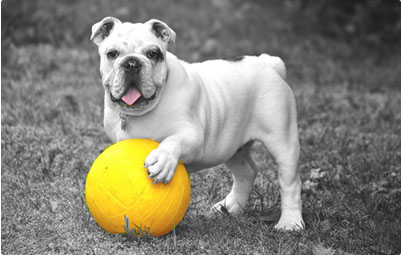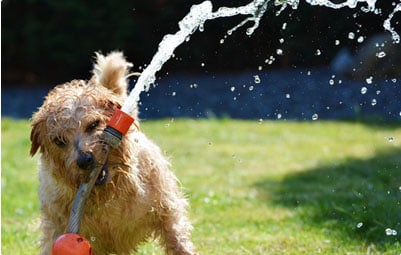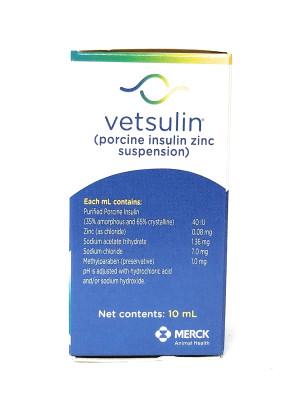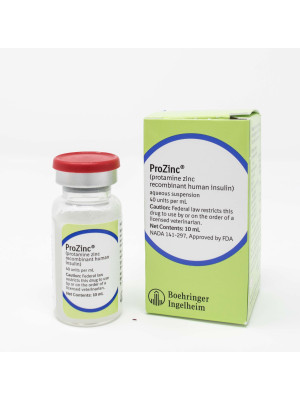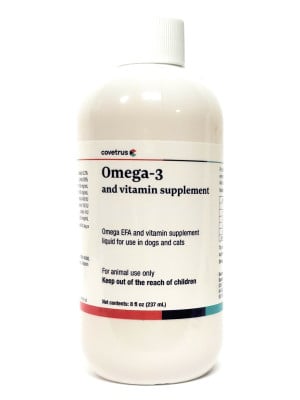Diet:
Diet is especially important in the successful treatment of diabetes. Obesity must be considered an important part of the treatment of diabetes in our pets. Obesity can increase the symptoms of diabetes and cause complications in treatment. If your pet is overweight, I recommend changes in diet and increased exercise to lower your pets weight.
Cats and Dogs with diabetes require prescription diets.
For cats
The best prescription diet is Purina Pro Plan DM. It is similar to the human version of the Atkins diet, a low carb diet which helps to stabilize blood sugar.
For dogs
I recommend Purina DCO, Hill's WD or a comparable prescription diet for dogs with diabetes.
Again, these diets are specially formulated to help your pet maintain nutritional balance and energy while keeping their blood sugar at normal levels.
Frequently Asked Question about Diet:
Can I give treats?
What's life without treats! So, Yes, but you must be careful of the treats you purchase. Lean Treats are a fantastic option because the main ingredient is chicken which is protein and has low sugar and carbohydrates. An overweight dog is prone to more problems when they have diabetes and you do not want to give treats that cause spikes in blood sugar or weight gain. Again, a diabetic diet is specially formulated to help your pet maintain a nutritional balance while keeping their blood sugar at normal levels.
Recommended Supplement:
I am a firm believer in combining both western medicine with eastern medicine. I value the effectiveness of vitamins and supplements. I do recommend the following supplement for the successful treatment of diabetes:
I recommend, DiaVetin. This Supplement helps to regulate blood sugar so there are less spikes and dips in your pets sugar level.
DiaVetin™'s unique formulation of 24 carefully chosen ingredients and is designed to support the health of both dogs and cats. These naturally occurring ingredients include a combination of vitamins, minerals, amino acids, digestive enzymes and powerful antioxidants that work synergistically to promote healthy metabolism and function in diabetic animals.
Why provide Diavetin for your pet?:
A reduced caloric diet, regular exercise patterns, and dietary supplementation can contribute to:
• Protective effects against DNA damage induced by oxidative stress
• Normal digestion in the GI tract via pancreatic enzyme supplementation
• Slower rate of sugar absorption from the GI tract
• Improved blood sugar metabolism and improved glucose tolerance
• Improved immune function
• Improved fat metabolism
Because of the variety of beneficial antioxidants found in DiaVetin™ we strongly suggest that you discuss use with your veterinarian while the insulin dosages are adjusted. Pets that are on insulin must adhere to strict dietary regulations, as certain vitamins and foods may cause a dangerous reaction when consumed. Therefore we highly suggest consulting with your veterinarian before beginning your animal on DiaVetin™.
DiaVetin™ uses key Natural Ingredients:
Astaxanthin
Highly potent antioxidant carotenoid found in algae, shrimp, crab, lobster, and salmon. Protects pancreatic beta cells from damage, and reduces inflammatory compounds that drive many chronic diseases. Protects light induced oxidative damage of photoreceptors.
Fenugreek
(Trigonella foenum graecum L. seed)
Contains saponins that inhibit cholesterol absorption and production and may stimulate insulin production. Seeds are high in fiber, which slows carbohydrate digestion and absorption; thus helping to improve blood sugar control.
Cinnamon Extract
Cinnamon is an insulin mimetic and insulin sensitizing agent, decreasing serum insulin due to enhanced glucose uptake. Lowers plasma triglycerides and elevates plasma high-density lipoprotein cholesterol, and may act as a natural statin.



